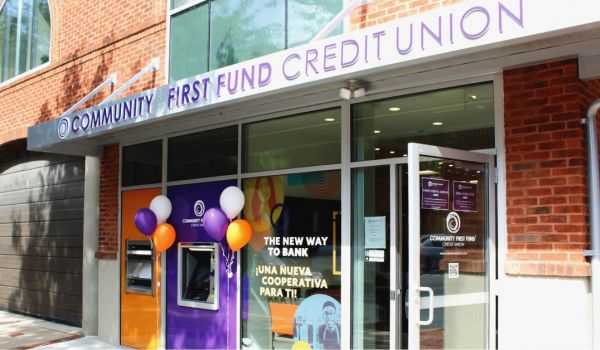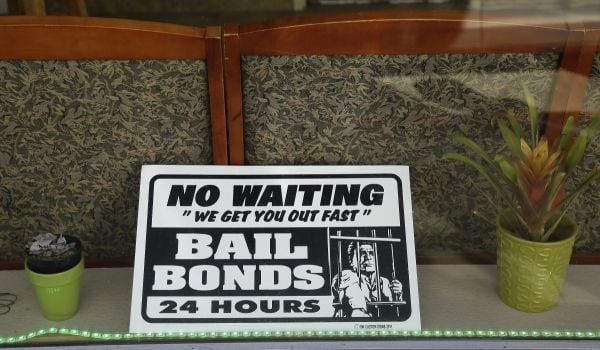A new bill in Congress proposes a tax credit to subsidize long-term investments in financial institutions that have a primary mission to serve low- and moderate-income communities.
The bipartisan Community Development Financial Institutions Tax Credit Act was introduced by U.S. Sen. Mark R. Warner of Virginia along with Sens. Roger Wicker and Cindy Hyde-Smith of Mississippi and Chris Van Hollen of Maryland. The legislators say the tax credit would “promote lasting economic prosperity in Black, brown and low-income communities.”
The proposed tax credit would subsidize equity investments – but not deposits – into the 1,400 financial institutions that the U.S. Treasury Department has certified as Community Development Financial Institutions, or CDFIs. To be certified, CDFIs must report that at least 60% of their annual lending and other business is in low- and moderate-income areas or with low- or moderate income borrowers.
“This tax credit will strengthen CDFIs serving at the grassroots, supporting the most vulnerable and disinvested communities in the U.S. and creating new economic opportunities,” said Jeannine Jacokes, CEO of the Community Development Bankers Association, in a statement. “This tool will be a game changer by attracting private capital to Main Street where it’s needed most.”
The bill arrives at a moment of broader interest in closing racial disparities in the financial system. It addresses a specific roadblock that can prevent CDFIs from taking advantage of the moment.
As Next City has been covering, since the deaths of George Floyd, Breonna Taylor and others at the hands of police in 2020, a new wave of large corporations have started moving some of their cash deposits out of large banks and into smaller banks or credit unions that are certified as CDFIs.
But due to federal regulation, each bank or credit union can only take in so much in deposits at any given time. That limit is based primarily on a financial institution’s equity capital — the cash that generally comes from a bank’s shareholders or from a bank or credit union’s earnings retained from previous years.
As more large institutions are looking to shift deposits to CDFIs as part of their responses to racial injustice, it puts pressure on CDFIs to raise more equity capital to be able to accommodate large inflows of deposits.
How would the proposed federal CDFI tax credit work? If someone invested $100,000 into a CDFI-certified bank, the credit would reduce that investor’s federal taxes by $3,000 a year for each of the first ten years the investor holds that investment, then by $4,000 a year for the following ten years. If the investment isn’t made with a fixed term or duration up front, those amounts increase to $4,000 and $5,000.
For some socially-minded investors, the cumulative value of the tax credit itself may be enough on its own to invest in a CDFI. But most investors will probably look first for CDFIs that would offer some amount of dividends or interest payments in addition to the tax credit.
CDFIs have long had difficulty attracting investment to support their growth because they serve communities or borrowers that investors perceive as risky, while at the same time they don’t offer the high returns that investors today generally expect for that level of perceived risk. The proposed CDFI tax credit could help make that risk worthwhile for more investors.
California had a similar state-based CDFI investment tax credit program from 1997-2016. While it was popular among investors, the state hasn’t reauthorized it since.
If passed, this bill would immediately make the CDFI tax credit a permanent fixture of the tax code. In the first year, the tax credit would subsidize $1 billion of investments into eligible institutions, $1.5 billion in the second year and $2 billion in the third year, then adjusted upward for inflation every year thereafter. The Treasury Department would evaluate applications for the program annually, based on criteria such as prior track record of impact on low- and moderate-income communities.
The proposed CDFI tax credit would come with the risk of subsidizing investments in institutions that end up failing anyway, or fail to live up to the missions on which they were founded.
But if it works as envisioned, such a steady, reliable flow of investment over many years could help reverse the decades-long decline of financial institutions based in hard-to-reach urban, rural or low- or moderate-income areas.
Even the rise of CDFIs has so far not been nearly enough to make up for the loss of more than 20,000 community banks and credit unions across the country over the last 35 years.

Oscar is Next City's senior economic justice correspondent. He previously served as Next City’s editor from 2018-2019, and was a Next City Equitable Cities Fellow from 2015-2016. Since 2011, Oscar has covered community development finance, community banking, impact investing, economic development, housing and more for media outlets such as Shelterforce, B Magazine, Impact Alpha and Fast Company.
Follow Oscar .(JavaScript must be enabled to view this email address)


_600_350_80_s_c1.jpg)













